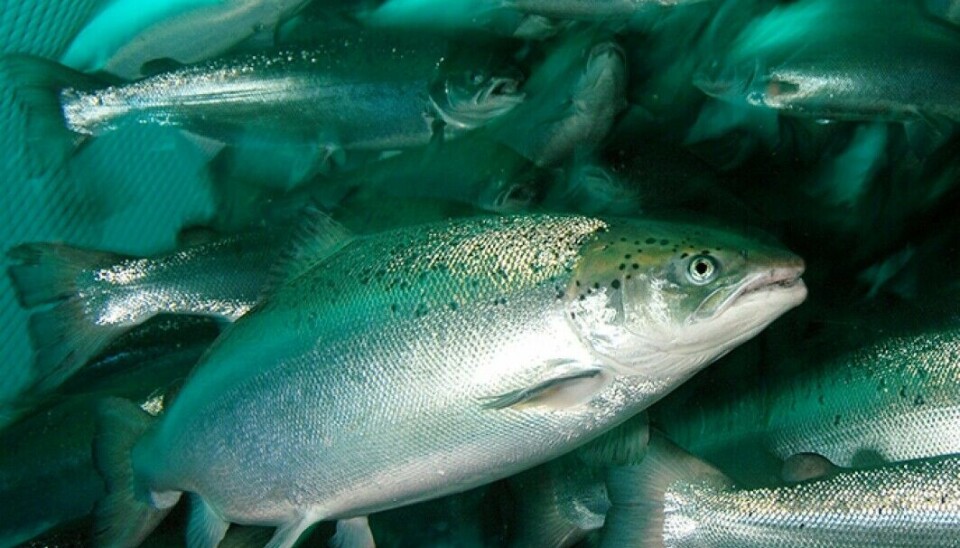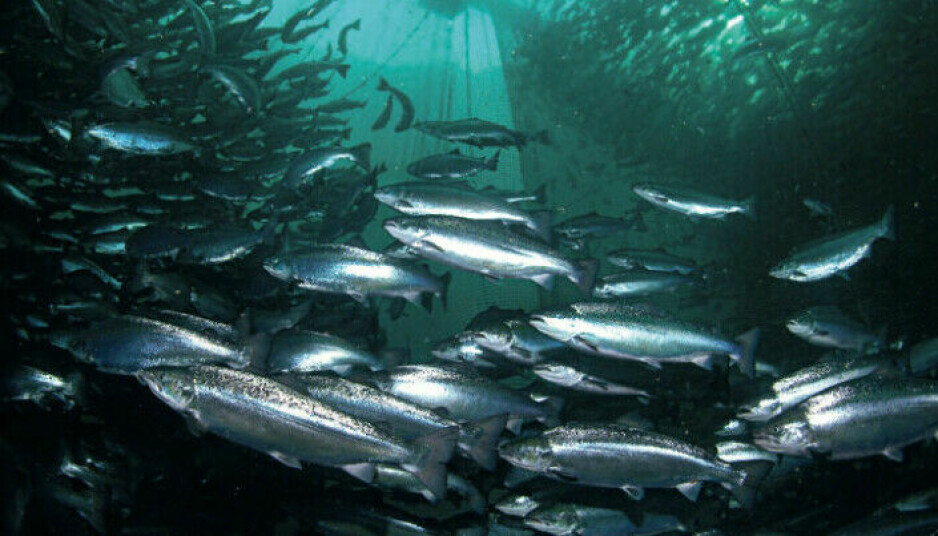
Government report raises fish-farm alarm: "Things are not going well for the Norwegian farmed salmon"
Last year, 54 million salmon died in Norwegian fish farms in the sea.
Poor health and welfare in Norwegian fish farming is the main reason why 15.5 per cent of all farmed salmon died last year, the Norwegian Veterinary Institute states in its new report on the industry.
The number of dead salmon in 2021 surpassed the record established in 2019. Back then, an algae disaster in Nordland and Troms resulted in eight million dead salmon.
“In this report, we choose to say more clearly than before that things are not going well for the Norwegian farmed salmon,” Torill Moseng, CEO of the Veterinary Institute, says in a press release (link in Norwegian).
She believes that the aquaculture industry's focus on growth is now affecting the health of salmon.
“It is our duty to report on this, and it is our professional advice to the authorities that clearer requirements for health and welfare are introduced in the regulation of the industry,” Moseng says.
There are several causes
In the 2021 Fish Health Report (link in Norwegian), the Norwegian Veterinary Institute highlight several causes for the high mortality in cages.
One notable factor is that the fish are often handled harshly during delousing treatment. The salmon can become so stressed from this treatment that it dies. A weakened fish can also become more susceptible to diseases.
Edgar Brun is responsible for aquatic animal health at the Veterinary Institute. He points out that a great effort is being made in the industry both against salmon louse and to some extent other diseases also.
“In spite of this, the overall situation does not improve,” he says in the press release.
“This indicates that other and more structural measures must be taken.”

Big contrasts between different parts of the country
In its annual report on farmed salmon health, the Veterinary Institute also highlights the difference in mortality along different parts of the Norwegian coast.
In western Norway, the mortality rate last year was around 20 per cent.
In the production areas from Nordmøre and further north, the total mortality was less than 14 per cent.
In northern Trøndelag, southern Troms, and eastern Finnmark, mortality was down to 10 per cent. This was also the case in southern Norway.
ISA, CMS, and PD
We must go all the way back to the ISA (infectious salmon anemia) epidemic in 1989-1992 to find a higher number of ISA disease cases in salmon than last year. This worries the Veterinary Institute.
Cardiomyopathy syndrome (CMS) was also detected in many facilities in 2021.
Fortunately, there was a clear decrease in the incidence of pancreatic disease (PD) amongst salmon last year compared with previous years.

Millions of cleaner fish die
When employees at the fish farms were asked by the Veterinary Institute what they think leads to reduced welfare for fish in fish farms, most pointed out injuries in connection with what is referred to as ‘drug-free’ de-licing.
This encompasses several million cleaner fish that help with the de-licing of salmon.
Wild-caught and farmed cleaner fish that are used in the fight against salmon louse include lumpfish and various species of wrasse, such as goldsinny wrasse, corkwing wrasse, and ballan wrasse.
The use of antibiotics in Norwegian fish farming is still very low, according to the report.
———
Translated by Alette Gjellesvik.
Read the Norwegian version of this article on forskning.no
Sources and references:
Press release from the Norwegian Veterinary Institute, 8th March 2021 (note: this link is in Norwegian).
Norwegian Veterinary Institute’s article: "De-licing with hot water is painful", March 2019 (note: this link is in Norwegian).
Norwegian Veterinary Institute’s Fish Health Report 2021 (note: this link is in Norwegian).
































